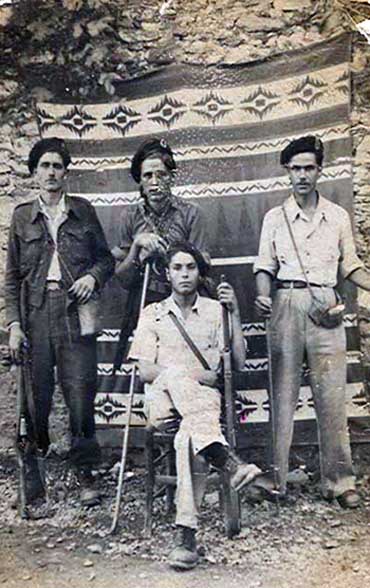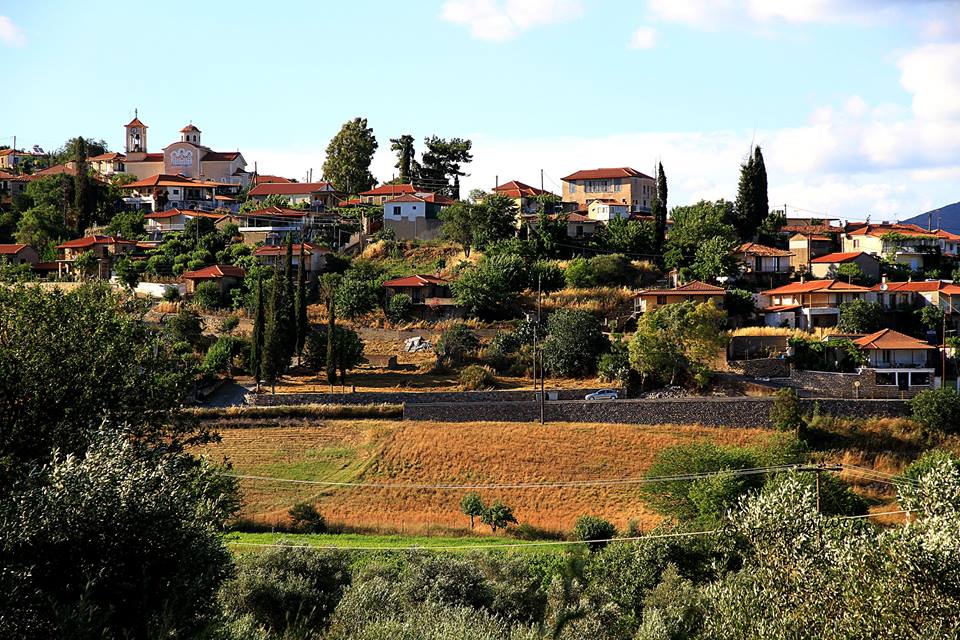
Category: HISTORY
HISTORY
Πελλανα 2014

Pellana from the South looking North towards Agios Konstandinos. Photograph by Arthur Roumeliotis. Updated 23 June 2014 – Wikipedia, the free encyclopedia. A copy of the complete document may be downloaded by clicking on: PELLANA 2014 State: Laconia, Country: Greece, Population: 250, Coordinates 37°12′N 22°19′E, Time zone: EET/EEST (UTC+2/3) Pellana (Greek: ἡ Πέλλανα, Paus. iii. 20. 2; τὰ Πέλλανα, Strabo viii. p. 386; Πελλήνη, Xen. Hell. vii. 5.…
HISTORY
Varoutsios Chronicles

Over the past 40 years of personal research into the village of Pellana, now and again I come across some gems of information that is relevant to the village and its surrounding environment. One of these were the Varoutios Family Tree Chronicles. The gentleman responsible were compiling the list knew full well the importance of…
HISTORY
Archaeological place of assembly of Pellana.

In of 1926 two relatively small tholos graves were excavated by Th Karachalios on the place of assembly “Spelies”. On the same place of assembly vaulted a cutout was discovered 1970 by the director at that time of the Ephorate G. Steinchauer. The large tholoi graves and the prehistoric remains on the Acropolis from Pellana…
HISTORY
Klephtes

Klephtes (Greek: κλέφτης, pl. κλέφτες – kleftis, kleftes, which means “thief” – and maybe originally meant just “brigand” were highwaymen that turned self-appointed armatoloi, anti-Ottoman insurgents, and warlike mountain-folk who lived in the countryside when Greece was a part of the Ottoman Empire. They were the descendants of Greeks who retreated into the mountains during the fifteenth century in order to avoid Ottoman oppression.[4] They carried…
HISTORY
John Lee Comstock History of the Greek Revolution

John Lee Comstock, author, born in Lyme, Connecticut, in 1789; died in Hartford, Connecticut, 21 November, 1858. After receiving a common-school education he studied medicine, and, a few months after receiving his diploma, became assistant surgeon in the 20th infantry. Photograph on the left is Elias Katsos depicted in a typical ‘klephte; outfit for the…
HISTORY
Major General Thomas Gordon

THOMAS GORDON. Major-General Thomas Gordon (1788 – 20 April 1841) was a British army officer and historian. He is remembered for his role in the Greek War of Independence in the 1820s and 1830s and his History of the war published in 1833. He wrote THE HISTORY OF THE GREEK REVOLUTION in which both volumes can be downloaded by clicking on: History…
HISTORY
The Polity of the Lacedaemonians according to Xenophon

I recall the astonishment with which I[1] first noted the unique position[2] of Sparta amongst the states of Hellas, the relatively sparse population,[3] and at the same time the extraordinary power and prestige of the community. I was puzzled to account for the fact. It was only when I came to consider the peculiar institutions of the Spartans…
HISTORY
The Lacedaemonian Constitution c. 340 BCE according to Aristotle

The Cretan constitution nearly resembles the Spartan, and in some few points is quite as good; but for the most part less perfect in form. The older constitutions are generally less elaborate than the later, and the Lacedaemonian is said to be, and probably is, in a very great measure, a copy of the Cretan.…





